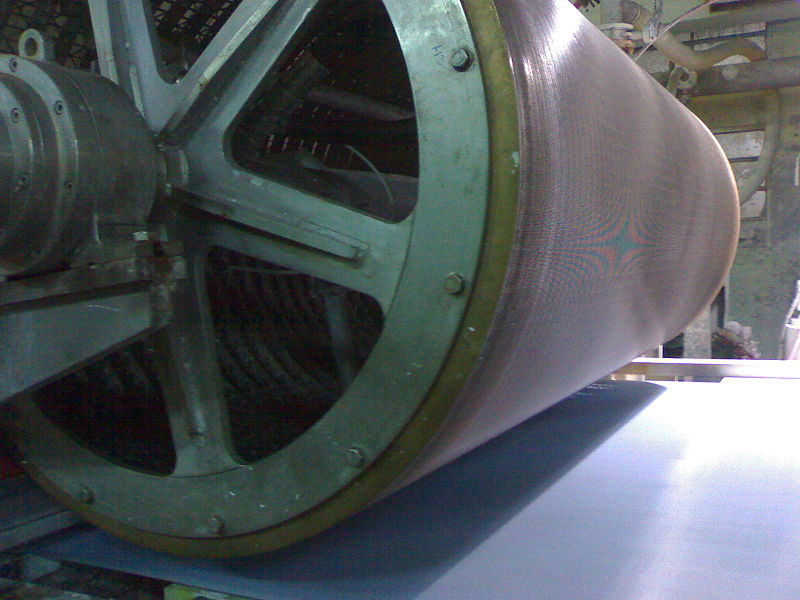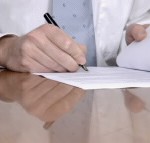What’s Your Archetype?
 This past year I came across a terrific article by Professor Ruth Anne Robbins on using archetypes to develop a client’s story. (Harry Potter, Ruby Slippers and Merlin: Telling the Client’s Story Using the Characters and Paradigm of the Archetypal Hero’s Journey, 29 Seattle U. L. Rev. 767 (2006)). An archetype is an innate prototype, or epitome, of a personality. The Swiss psychologist Carl Jung advanced the theory that some personality types or characteristics are universally recognized. The American mythologist Joseph Campbell was influenced by Carl Jung’s work on archetypes and considered how archetypes manifest in mythology. Professor Robbins examines how Jung’s and Campbell’s theories can be used in a practical litigation and courtroom setting.
This past year I came across a terrific article by Professor Ruth Anne Robbins on using archetypes to develop a client’s story. (Harry Potter, Ruby Slippers and Merlin: Telling the Client’s Story Using the Characters and Paradigm of the Archetypal Hero’s Journey, 29 Seattle U. L. Rev. 767 (2006)). An archetype is an innate prototype, or epitome, of a personality. The Swiss psychologist Carl Jung advanced the theory that some personality types or characteristics are universally recognized. The American mythologist Joseph Campbell was influenced by Carl Jung’s work on archetypes and considered how archetypes manifest in mythology. Professor Robbins examines how Jung’s and Campbell’s theories can be used in a practical litigation and courtroom setting.
In her article, Professor Robbins suggests that archetypes, as universally recognized symbols, can be used to create a compelling image of a client. As Professor Robbins states, “Because people respond — instinctively and intuitively — to certain recurring story patterns and character archetypes, lawyers should systematically and deliberately integrate into their storytelling the larger picture of their clients’ goals by subtly portraying their individual clients as heroes on a particular life path.” (768-69.) The key to using archetypes is to tap into a judge or jury’s unconscious to align the client’s story with a hero’s transformative journey.
How do you put your client on the path of a hero’s journey?

 An article, “Conciseness in Legal Writing,” by my colleague Lisa Hatlen in the June 2009 issue of Wisconsin Lawyer [at 21] got me thinking. My conclusion: I am surprised that “green” organizations do not picket at various appellate courthouses in this country, especially in Madison, Wisconsin. A lot of trees are paying a price for judicial verbosity.
An article, “Conciseness in Legal Writing,” by my colleague Lisa Hatlen in the June 2009 issue of Wisconsin Lawyer [at 21] got me thinking. My conclusion: I am surprised that “green” organizations do not picket at various appellate courthouses in this country, especially in Madison, Wisconsin. A lot of trees are paying a price for judicial verbosity. About four years ago, when I started working for my current employer, I was an administrative assistant to a division president. It wasn’t exactly my dream job, but all in all I enjoyed it. One of the things I assisted with was the maintenance of our standard contract templates. It was very much an administrative task (I took dictation and changed what I was told to change), but I did it with pride because it was the only part of my job that was remotely related to the legal field. Throughout my advancements within the division, contract edits never left my realm of responsibilities, and I have now ventured into the area of drafting. (Woo-hoo, fun, you’re probably thinking; but, no, seriously, it is fun.)
About four years ago, when I started working for my current employer, I was an administrative assistant to a division president. It wasn’t exactly my dream job, but all in all I enjoyed it. One of the things I assisted with was the maintenance of our standard contract templates. It was very much an administrative task (I took dictation and changed what I was told to change), but I did it with pride because it was the only part of my job that was remotely related to the legal field. Throughout my advancements within the division, contract edits never left my realm of responsibilities, and I have now ventured into the area of drafting. (Woo-hoo, fun, you’re probably thinking; but, no, seriously, it is fun.)